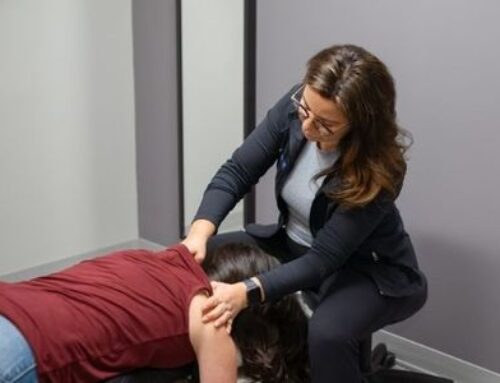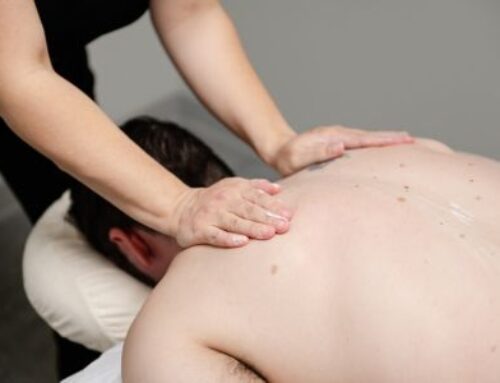In practice, I have always encouraged parents to say no to jumpers. However, the closer I get to becoming a parent myself, I can sympathize and understand a parent’s need for a break from time to time. I understand that containers may be the only option, but I encourage you to use them sparingly and follow up with plenty of floor time to promote free movement.
A container is anything you put your child INTO that limits their ability to move around (e.g. swings, seats, exersaucer, etc). I do not recommend placing infants in any container before they’re developmentally ready for them. Once your child has gained some strength, it may be appropriate to use them as needed – except for jumpers.
I am specifically referring to either over the door hangers that your child sits in and can jump/bounce or the circular seats that have poles and bungees at the top that babies can again jump/bounce in. I do not recommend using either of these at any point for a few reasons:
Milestone development:
Think about all of the milestones children master before the age of 2 – rolling, sitting, crawling, pulling to stand, walking, running, etc. These milestones take time, energy, support, and strength. Children typically don’t independently jump until around age 2. The structures in the leg and hip-bones, muscles, ligaments, etc. all develop while progressing from one milestone to the next. Skipping one or multiple milestones straight into jumping may impact a child’s development.
Calf muscle overdevelopment:
Frequent jumping can lead to overdevelopment of calf muscles. Depending on the child’s height, their feet and toes barely touch or do not touch the ground, putting the calf muscles in a shortened position. This causes them to actively contract those muscles over and over, building strength in that position, leading to toe walking.
Hip development:
Repetitive jumping puts excess force on the legs and hips that your child may not have the strength necessary to absorb. That combined with the prolonged extension and adduction of their legs in a jumper can lead to development issues and even hip dysplasia in some cases. In the resting in a jumper, a child’s hips and knees are mostly straight with legs fairly close together. Now compare this to a child’s naturally occurring position where their hips and knees are bent with the knees positioned above the hips a majority of the time.
Please don’t feel guilty if you’ve used a jumper in the past. You made the best decision you could with the information you had at the time. I hope you now feel equipped to make better, more informed decisions like saying no to jumpers moving forward. If you have questions or concerns, please feel free to reach out to me!





